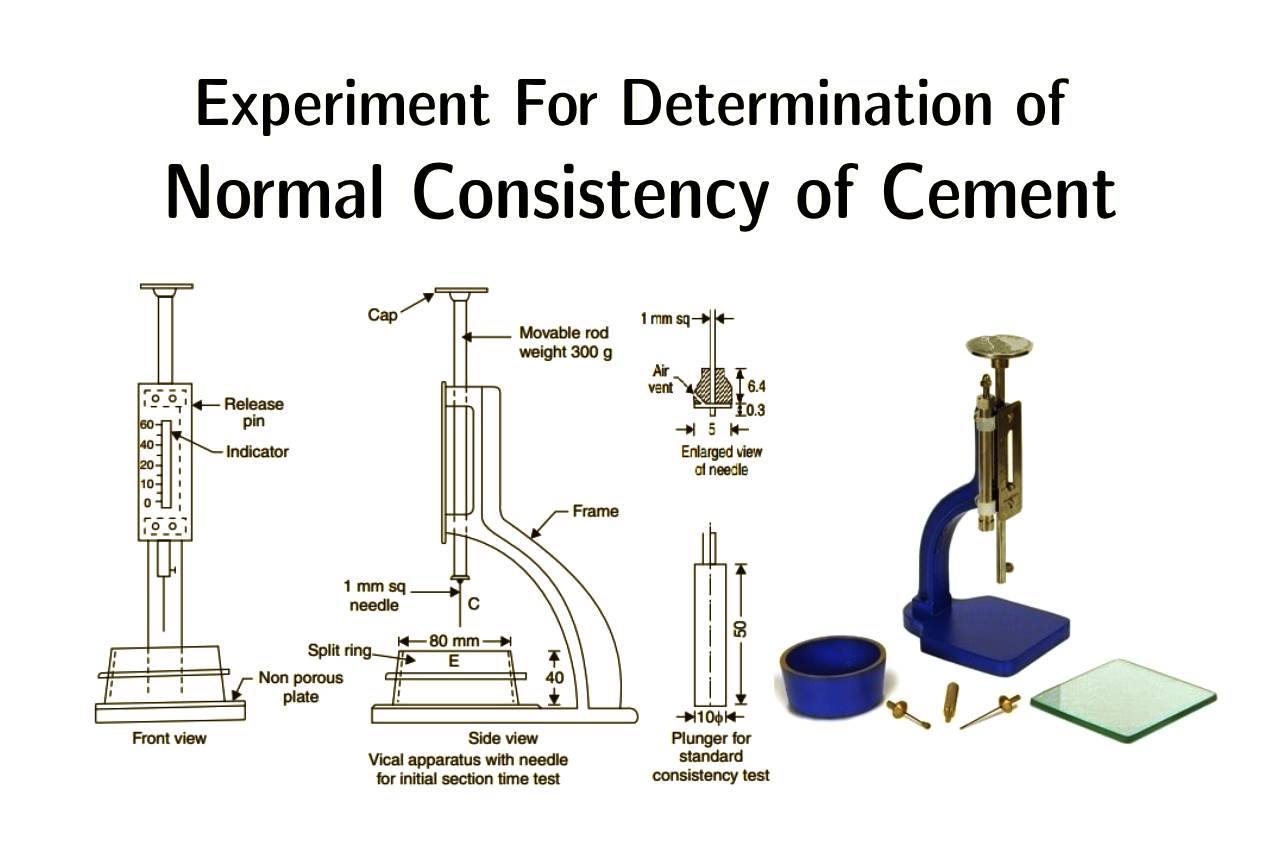Water is the meaning life. Water is rarest thing in whole universe. Everyday growing pressure on water resources from rapid population and economic growth, pollution, climate change and other challenges has major impacts on our social, economic, and environmental. Our most important drinkable water resources are being over pumped and causing widespread declines in groundwater levels. Most of the major rivers including the Colorado River in the western United States and the Yellow River in China no longer reach the sea. Half of the world’s wetlands and aquifers have been lost to development. The world’s drinkable water quality is increasingly degraded, threatening the ecosystem and public health. Also increasing the cost of treatment for water related diseases. Around 780 million people around the globe still lack access to clean water. This is the reason why we need to find a Sustainable Water Management.
Read More about Sustaining Homes, Autonomous or Green Building, Using Renewable energy And Sustainable Energy.
Sustainable Water Management
For the reason of rapid amount of decreasing drinkable water resources, Water resource management is a very important issue from several angles. Such as development of water resource for future, protection of available water resources from pollution and over exploitation and to prevent disputes. A Major issue is water availability, quality and management. Because of that Extensive hydrological information is necessary to develop water resources and protect them.
What is a renewable water resource?
Total Amount Natural Renewable Water Resources, The long-term average sum of internal renewable water resources and external natural renewable water resources all corresponds to the maximum theoretical yearly amount of water actually available for a country at specific moment. All Renewable water resources are computed on the basis of the water cycle.
Types of water resources
The world’s water problems starts from our failure to meet basic human needs, ineffective or inappropriate institutions and management system, and our inability to balance human needs with the needs of the nature. All of these problems are rooted in a wasteful use of water, characterized by poor resource management systems, under-investment, improper economic incentives, failure to apply existing technologies, and corrupted mindset focused almost exclusively on developing new supplies to the exclusion of conservation and efficiency measures.
While water covers approximately 71 percent of Earth’s
surface, only three percent is suitable for human and other living. Most of the
people cannot access most of this water, because it is frozen in ice caps or it
is beneath the earth’s surface. The remaining available sources for water are
derived largely from developments including the recycling and conservation of
available resources, and techniques, such as filtration, which make water
potable.
- Oceans:
Oceans cover most of the planet, and contain about 97 percent of the water on
the earth. Ocean water has a high salt content and is unfit for human use. By
the depletion of scarce freshwater sources the methods for removing salt from
ocean water including desalination or distillation, not very cost-effective.
Although untreated sea water is not suitable for humans but oceans remain a
valuable resource for all living, because they provide food, recreation, oil
and a transportation route for trade.
- Rivers
and Streams: Rivers and streams cover the globe and run through every country.
Providing drinking water and recreational areas for boating and fishing. By Rain
and melting snow continually replenish these waterways. However, weather has impact
water depth and. For many reasons weather dry rivers up, other hand too much
rainfall can cause flooding when the water overflows a river’s banks. For the Reason
Rivers and streams cross national boundaries, water rights remain a topic of
political debate and conflict.
- Frozen
water: Several researches have been proposed to make use of icebergs as a
water resource, however, this has only been done for research purposes. The
Himalayas, which are often called The Roof of the World, has some of the most
extensive and rough high-altitude areas on Earth as well as the greatest area
of glaciers and permafrost outside of the poles. Most of Asia’s largest rivers
flow from Himalayas and more than a billion people’s livelihoods depend on these
rivers. To complicate matters, in this areas temperatures there are rising more
rapidly than the global average. As an example, temperature has risen by 0.6
degrees Celsius over the last decade in Nepal, whereas globally, the Earth has
warmed approximately 0.7 degrees Celsius over the last few hundred years.
- Lakes: Most Lakes are natural or manmade water
resource on the surface of land that holds water. Natural lakes appear due to
geological processes, such as weathering or erosion. Manmade lakes also called “reservoirs”
occurs, when people dam up rivers and streams or divert the flow of these
waterways in order to contain a large amount of water in one large area. Lakes also
provide an energy source for generating electricity, offer recreational areas
for and fishing, swimming and provide a source of drinking water for many
communities or regions. Mostly Rainfall replenishes lake water; however, these
types of water resource are vulnerable to pollution.
- Groundwater:
Groundwater seeps into the ground from
surface run off and precipitation. When the water enters the ground, part of it
clings to plant roots and particles of soil and becomes trapped, creating a
water resource table. The Aquifers beneath the water table collect the seeping
water, which is called groundwater. According to the United States Geological
Survey (USGS), approximately 50 percent of Americans and 60 percent of the
world use ground water for drinking and other household uses. We collect this
water resource by drilling or digging wells that pump the water from below the
water table to the surface.



























It is a good article